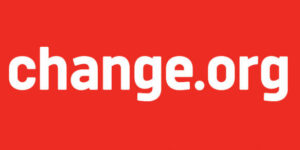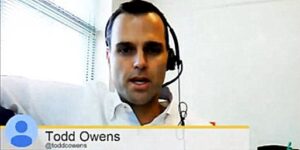
Telecommuting: 5 Ways Companies Benefit
Telecommuting success isn’t a slam dunk — but the business benefits can be significant. What should employers consider?

Telecommuting success isn’t a slam dunk — but the business benefits can be significant. What should employers consider?

Is your company overdue for a culture makeover? How can leaders diagnose their organization’s health and drive successful change?

2013 was all about growth at TalentCulture — so many ideas from so many voices! Which posts and people were most popular? Here’s a taste

What can long-distance running teach us about entrepreneurship? Here are 6 ideas from a street-smart young leader

One of the year’s best business books sparks insight into an often overlooked source of innovation

What sets great leaders apart from the rest? What role does emotional intelligence play — and can those skills be learned? The #TChat crowd weighs in

What’s ahead in talent management for 2014? Exciting times for social media and employer brand strategy!

What does it take to be a leader others actually want to follow? Here are 5 ways any aspiring leader can move in the right direction

Listening — it can be a powerful tool for business leaders. But developing the habit of mindful listening requires practice. Here are tips to help.

Emotional intelligence is much more than a “soft skills” buzzword. It’s a leadership essential at today’s most successful companies. How can it work for you? Let’s discuss!

Looking to strengthen your pool of qualified talent? Try these tips to cast a broader net

We all have those days when we need to face the music with our manager. But how can we make the most of a bad work situation?

There’s something fundamentally broken with the way employers treat potential employees. Change is long overdue. Let’s fix this…

What happens when nearly 50,000 job seekers speak out about their candidate experience? Great insights surface! Let’s discuss at #TChat events

In an age of HR specialization, how can one-person departments succeed? Suggestions from the #TChat crowd…

Hiring the right talent can be a challenge. But sometimes you get much more than you bargained for — and it’s like striking gold…

At most companies with 150 employees or less, HR managers fly solo. How can they be more effective and efficient in that role? Let’s discuss…

How can one person successfully juggle multiple HR responsibilities? Suggestions from a professional who has made it work

How can you select the best talent to drive corporate entrepreneurship? Look for these 7 key traits

Recent headlines suggested that workforce wellness has failed. But “Wellness 2.0” is rewriting that story. What’s new? Read more

We know that mobile tools are rapidly transforming recruitment. But what about the rest of the hiring process? #TChat talks about why employers need to get ahead of the curve

Are technology and innovation like love and marriage? If you care about the future of work, look closer at this special relationship

Mobile recruiting is revolutionizing HR. Now it’s time for mobile hiring to step in where the mobile candidate experience leaves off…

Once in awhile we come face-to-face with reminders that HR really has come a long way, baby

Mobile recruiting is on the rise. What about mobile hiring? The TalentCulture community talks with HR technology experts